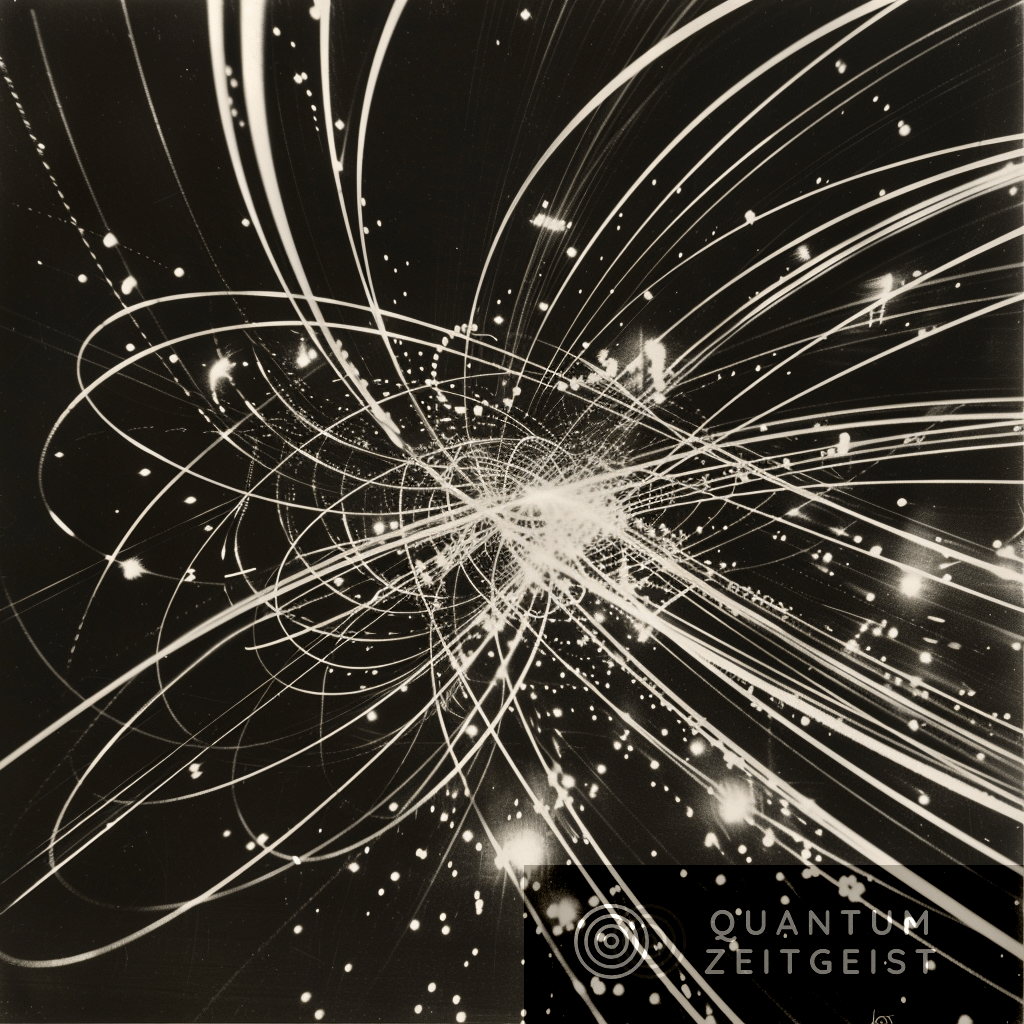Quantum simulation of bound state scattering is a rapidly evolving field within quantum computation and quantum field theory. A recent paper proposes a strategy to excite wavepackets of the interacting theory directly from the vacuum of the interacting theory, a significant step towards digital quantum simulation of scattering of bound states.
This approach is based on the Haag-Ruelle scattering theory. Quantum computation has been particularly fruitful in high-energy physics, especially in data analysis and simulations of lattice quantum field theories. The future of quantum computation in lattice field theory is promising, with the potential to change our approach to the theory.
What is Quantum Simulation of Bound State Scattering?
Quantum simulation of bound state scattering is a rapidly developing field within quantum computation and quantum field theory. The first algorithms for quantum simulation of scattering have been proposed in the context of scalar and fermionic theories, requiring thousands of logical qubits. However, these algorithms are not suitable for simulating scattering of incoming bound states, as the initial state preparation typically relies on adiabatically transforming wavepackets of the free theory into wavepackets of the interacting theory.
In a recent paper, a strategy is presented to excite wavepackets of the interacting theory directly from the vacuum of the interacting theory, allowing the preparation of states of composite particles. This is a significant step towards digital quantum simulation of scattering of bound states. The approach is based on the Haag-Ruelle scattering theory, which provides a way to construct creation and annihilation operators of a theory in a full nonperturbative framework.
The proposed quantum algorithm requires a number of ancillary qubits that is logarithmic in the size of the wavepackets, with a success probability vanishing at most like a polynomial in the lattice parameters and the energy of the wavepacket. The gate complexity for a single iteration of the circuit is equivalent to that of a time evolution for a fixed time.
How Does Quantum Computation Impact High-Energy Physics?
Quantum computation has been particularly fruitful in high-energy physics, especially in data analysis and simulations of lattice quantum field theories. These theories have been used for many decades as a tool to numerically investigate several aspects of quantum field theory through the Euclidean path integral approach. However, this approach does not cover the whole class of phenomena that require the study of real-time evolution.
For such problems, the Hamiltonian formulation in Minkowski spacetime is the natural framework, but it is hardly approachable with classical computation. Scattering events are of special interest in this context, as they are essentially the only means we have to access those regimes of physics where quantum field theory is necessary. This work concerns state preparation for digital quantum simulation of scattering.
What is the Future of Quantum Computation in Lattice Field Theory?
The prospect of large-scale, fault-tolerant quantum computers, however far they may be in the future, has already started to change our approach to lattice field theory. To exploit the potential advantage offered by quantum computers, it is better to formulate the theory on a space lattice with continuous time rather than on a spacetime lattice as traditionally done.
An efficient quantum algorithm for simulation of scattering in the scalar theory φ4, requiring thousands of logical qubits, is provided and analyzed. The present work aims to contribute to this long-term perspective by making the first step towards digital quantum simulation of scattering events with incoming composite particles.
How Can Quantum Simulation Contribute to Real-Life Collider Events?
Preparation of bound states is an essential task to ultimately perform simulations of important real-life collider events such as proton-proton scattering at the Large Hadron Collider. Recent developments in the context of tensor networks and analog quantum simulation have been made.
The same problem was treated with use of different albeit equivalent formulations such as the wavelet basis or the multiparticle decomposition of the Hilbert space. These studies all rely on excited states of the associated free theory to prepare wavepackets of the interacting theory. This excludes the case of bound states.
What is the Proposed Strategy for Quantum Simulation of Bound State Scattering?
The proposed strategy for quantum simulation of bound state scattering involves preparing single-particle wavepackets of elementary or composite particles with lower and upper mass gaps on a quantum computer. It is assumed that the preparation of the vacuum state of the interacting theory is available and that there is access to an interpolating operator between the vacuum and the particle to be created.
Publication details: “Quantum Simulation of Bound State Scattering”
Publication Date: 2024-04-15
Authors: Matteo Turco, Gonçalo Quinta, João Seixas, Yasser Omar, et al.
Source: PRX Quantum 5, 020311
DOI: https://doi.org/10.1103/PRXQuantum.5.020311

